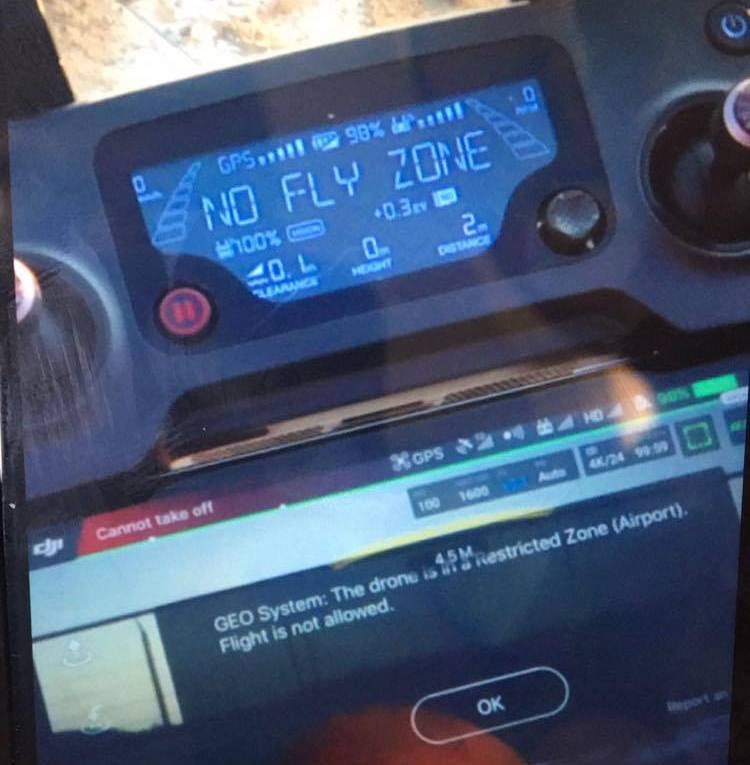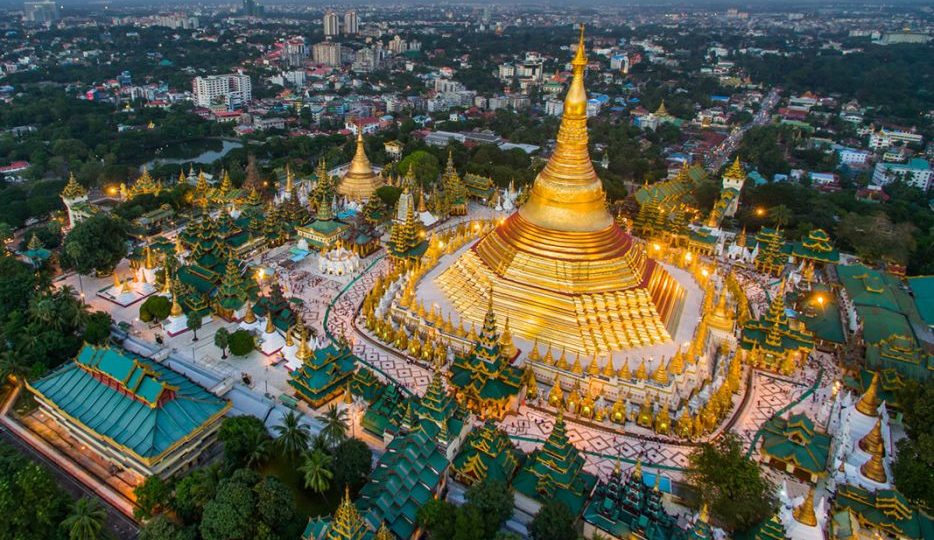A filmmaker’s reverie in the spectacle of Yangon’s Shwedagon Pagoda was abruptly cut short on Sunday when his drone began disobeying his orders and fluttered into the hands of local security officials.
Lebanese-Armenian Instagrammer Eric J., whose travel videos have earned him 12,000 followers, visited the pagoda hoping to add it to his collection of wanderlusty memories from around the world.
“I make travel videos, showing the world each and every place I travel to,” he told Coconuts. He said that in the year he’s been collecting drone footage during he’s travels, he never encountered a problem until he got to Yangon.
“On October 1, as soon as I arrived to Yangon, I decided to go see the amazing pagoda,” he said. “While going in, I was taking some videos of the place, and I didn’t notice at all any signs saying ‘drones not allowed.’ The security even scanned my bag at the door, which contained the drone, and they didn’t say or ask anything.”
After visiting the pagoda for an hour, “experiencing this amazing and peaceful place,” Eric J. said he relocated to the park beside the pagoda before letting his drone loose so as not to disturb the people praying there.
“I flew it at around 150 meters so I wouldn’t disturb anyone in the temple with the noise,” he said.
But as soon as the drone approached the pagoda, he lost his connection, and the drone started landing. He realized it was a controlled landing, so he went back inside the pagoda compound to check on it. Once inside, he saw that the pagoda’s security staff had forced the drone to land and were now holding it.
He said: “After taking billions of pictures of me and the drone, they told me to sign a paper that I approve the drone staying with them for one night, and I’ll get it the next day.”
He said he apologized to the security officials and told them that if he had known drones were prohibited in the area, he never would have flown it there. He promised to pay a fine and never fly the drone in Yangon again.
“They didn’t approve,” he said.
Instead, “I got a call saying I have to contact my country’s embassy, and my embassy should contact them to maybe get the drone back. But they advised me to forget about it as it’s going to be so complicated.”
“Now I don’t have my drone just because of a small mistake that I didn’t know about,” he said. He’s not the only one.
Myanmar authorities banned the use of drones in the vicinity of the Shwedagon Pagoda in 2015, claiming they disturb religious observance. However, they have famously failed to publicize the restrictions.
Thaung Htike, a member of the pagoda’s board of trustees, told The Myanmar Times last year: “Although the restriction has been in place since September 2015, visitors do not seem to know about it yet, so we are sharing the message about this restriction through the media…We did an awareness campaign during the last year and put up notices around the pagoda. But it seems those measures were not effective.”
At the time he made that comment, pagoda officials were in possession of eight confiscated drones and had not formulated protocol on what to do with them.
One way the authorities could eliminate the confusion, Eric J. said, is by following the lead of other countries that deploy anti-UAV technology in places where drones are prohibited.

“The drone doesn’t take off despite how hard you try,” he said. “Maybe they should do that around that [Shwedagon] area so people won’t make this mistake again.”
Eric J. left Myanmar yesterday without his drone, which he said cost him US$1,400.
“I didn’t have the intention to harm or disrespect anyone,” he told Coconuts. “I just wanted to take one video of the place to include in my videos.”




